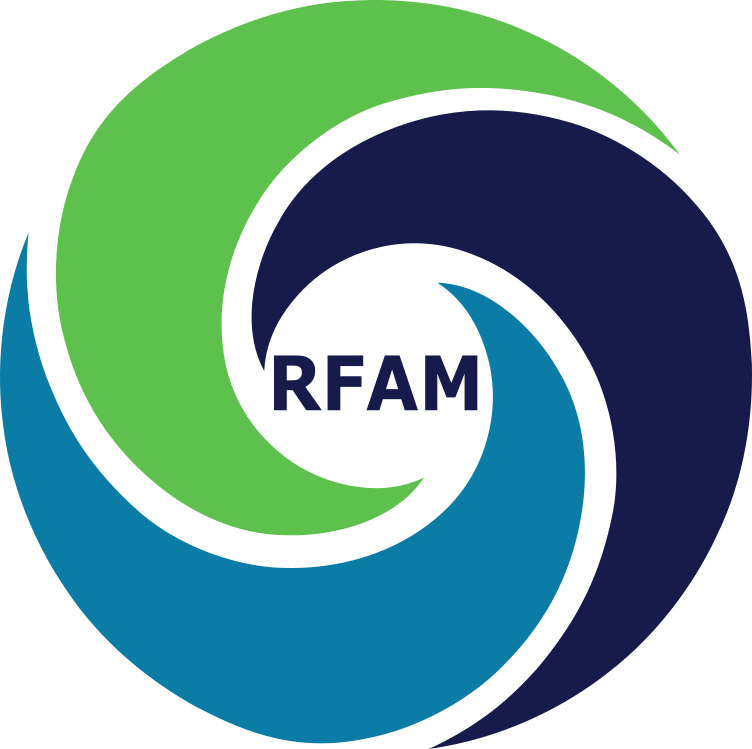Inventory Data & Lifecycle Planning
Though we will focus on facility data, the principle holds true for all other asset categories. We are all familiar with the fairy tale of the three little pigs. One built his house with straw, the other with twigs, and the third with bricks. The wolf came by and destroyed the first two houses while the third, the one made of brick, remained. The moral of this story - a solid foundation is essential for success and longevity.
Having spent the past 5 years collaborating with educational institutes, municipal associations, and municipalities it has become evident that municipalities struggle with the concept of quality, quantity, and accuracy with respect to asset data. Keeping that in mind, whether you maintain your data in ancient cuneiform tablets, paper documents, excel files, or advanced web-based solutions, the requirements are the same - quantity, quality, accuracy, regular updates and validation of asset data.
Data Collection
Proper data collection begins with establishing a proper hierarchy of asset category. Example: Linear (Roads & Bridges), Point (Fire Hydrants), Land (Facilities & Open Spaces), Fleet (Trucks and Heavy Machinery). Land Hierarchy drills deeper than just the facility but also the equipment needed to keep the facility operational such as HVAC, Chillers, Compressors, Ice Resurfaces, etc.
Facility Equipment data attributes include:
Equipment Category (Mechanical)
Equipment Type (Heating and Cooling)
Equipment Detail (Chiller)
Make, Model, Serial Number
Location (Ammonia Room)
Location Serviced (Arena #1)
Installation Date, Warranty End Date, Useful Date
Purchase Price, Replacement Cost
Status (Active, Not In Use, Capital)
Condition (Very Good, Good, Fair, Poor, Very Poor)
Data Overload
Be careful with data overload. The municipality may feel it is beneficial to collect every piece of equipment thinkable. That may seem like a good idea to start, but will you be able to maintain that amount of detailed data in the coming years? Of what cost and value is it to know the location and condition of every door handle in the municipality? Initially municipalities should focus on capital assets (value greater than $2,500-$5,000).
Optimized Decision Model
At what point do you replace a chiller? The required criteria to determine a lifecycle strategy is: cost, risk, and level of service. Managers can only choose one of the three criteria mentioned.
Example #1: An increase the amount of money spent to maintain a chiller will result in lower risk and a higher level of service.
Example #2: A reduction in the amount of money spent to maintain a chiller will result in higher risk and lower level of service.
Cost
Municipalities need to track and validate the cost associated with each lifecycle event. Investments need to be derived from historical records and properly structured data. This is critical to help the municipality assign a true dollar value for the various lifecycle events. The result is improved financial literacy and the appropriately allocated of funds.
Risk
Risk is measured by a combination of: Probability of Failure (PoF) x Consequence of Failure (CoF). PoF can be defined by remaining useful life and CoF can be broken down into 5 categories: Operational/ Internal, Health & Safety, Legal, Financial, and Environmental.
Level of Service
Levels of service reflects the social and economic goals of the community. Municipalities adopt levels of service as a mechanism in establishing the relationship between what a municipality offers, what it can afford, and the risk it is willing to accept. Facilities can be managed as a whole or drill down to the capital equipment.
Advocacy
ORFA continues to generously offer the inventory module of RFAM (www.rfam.ca) available free of charge as a member service. This enables municipalities to standardize the collection of recreation asset data. By adopting RFAM you support ORFA in their goal to run aggregate reports and advocate on your behalf.




